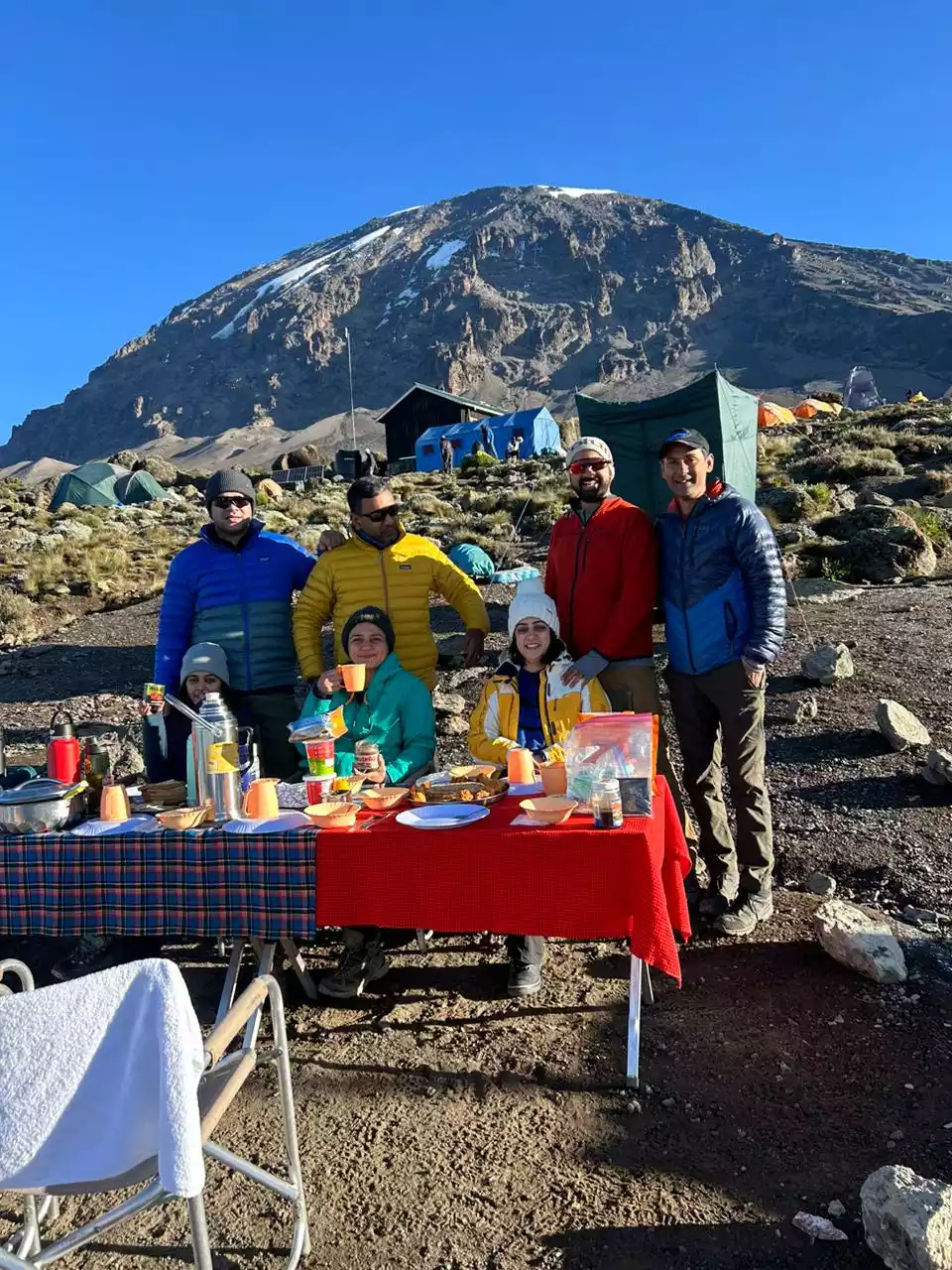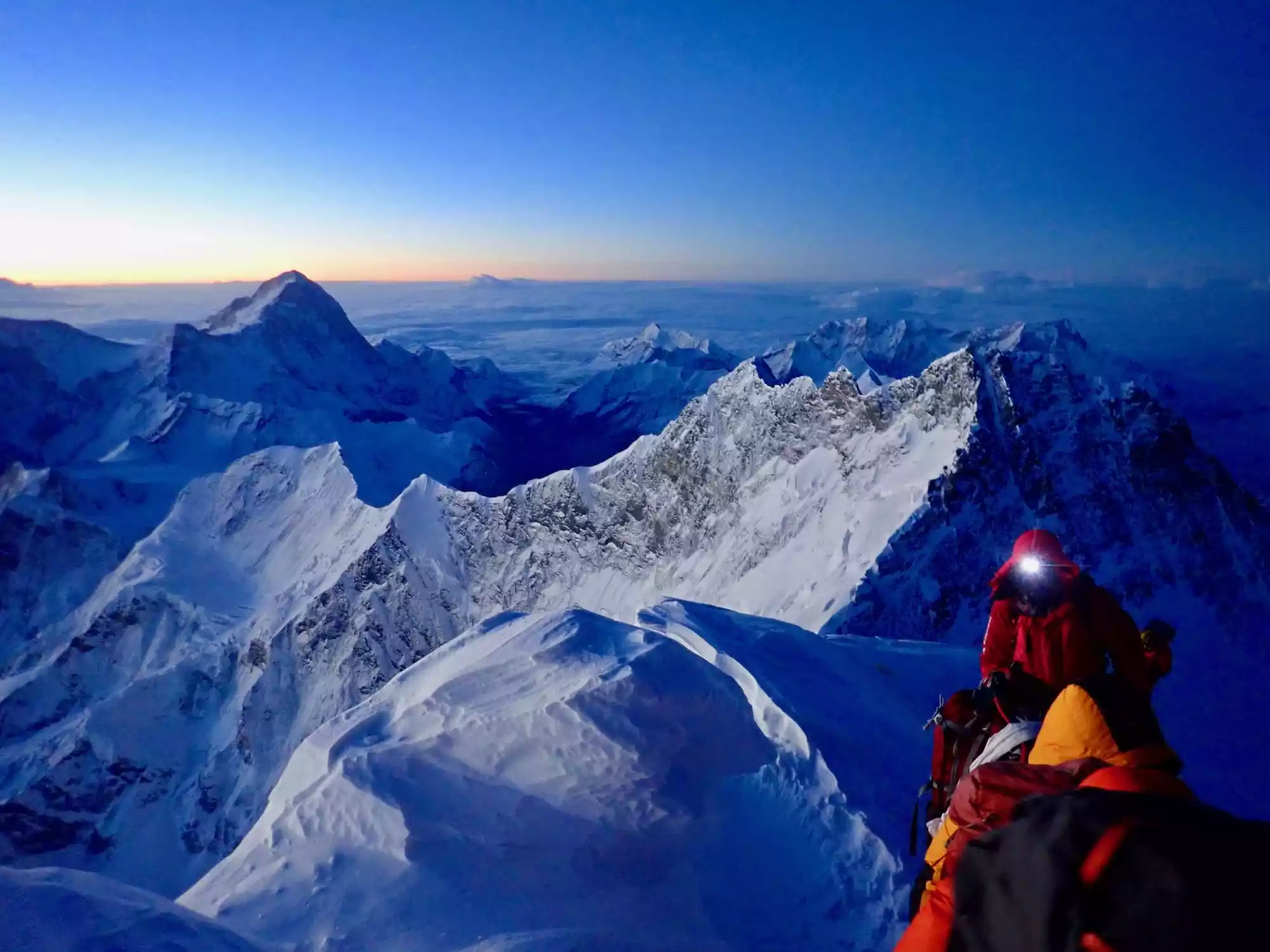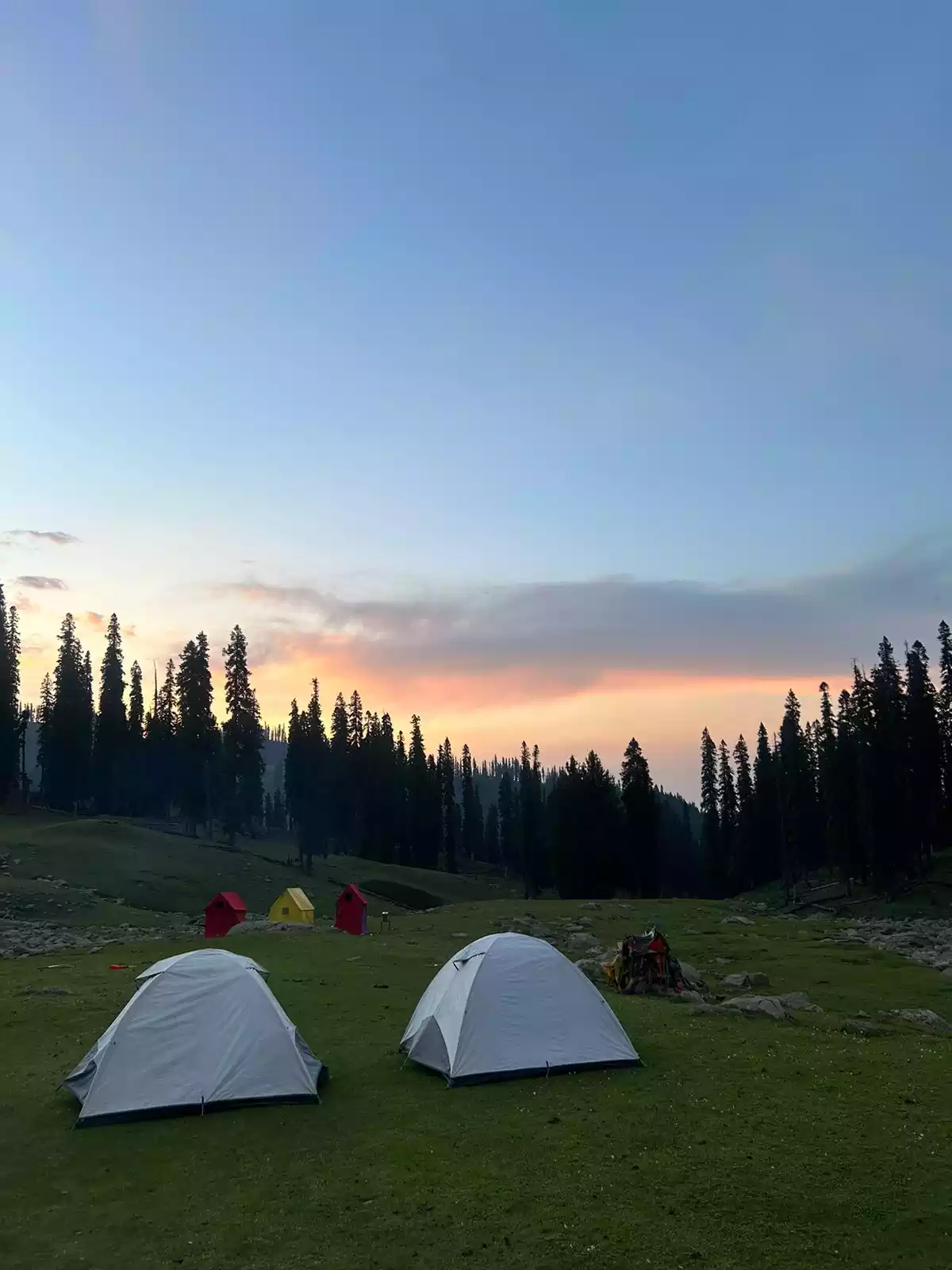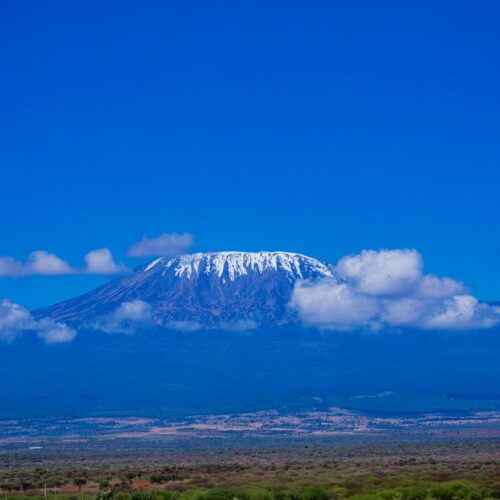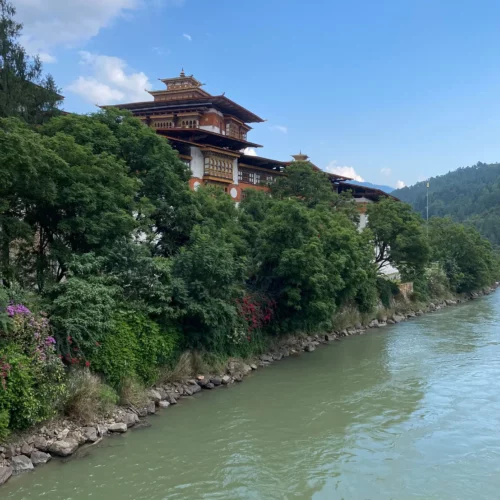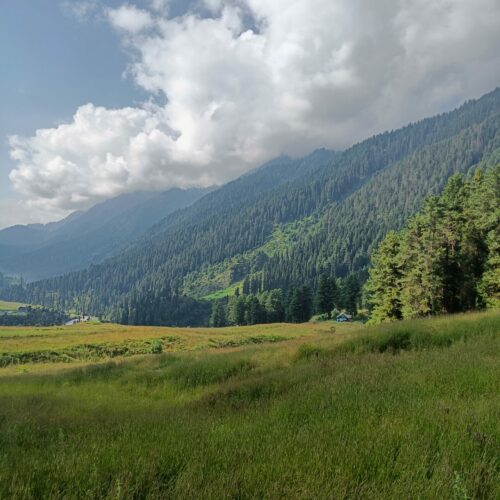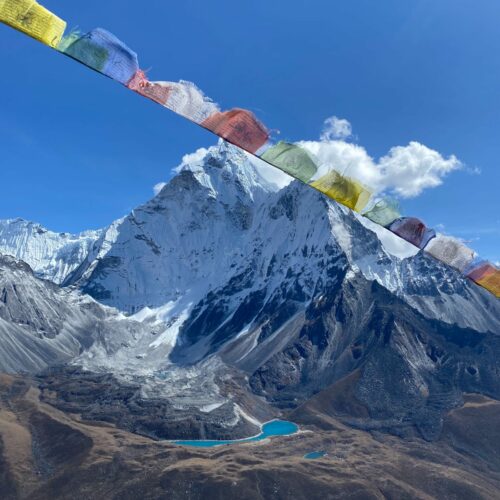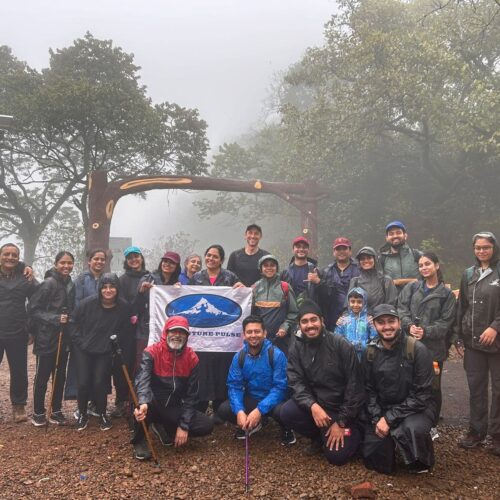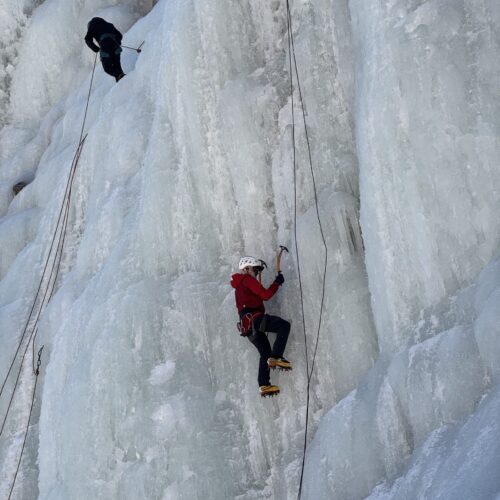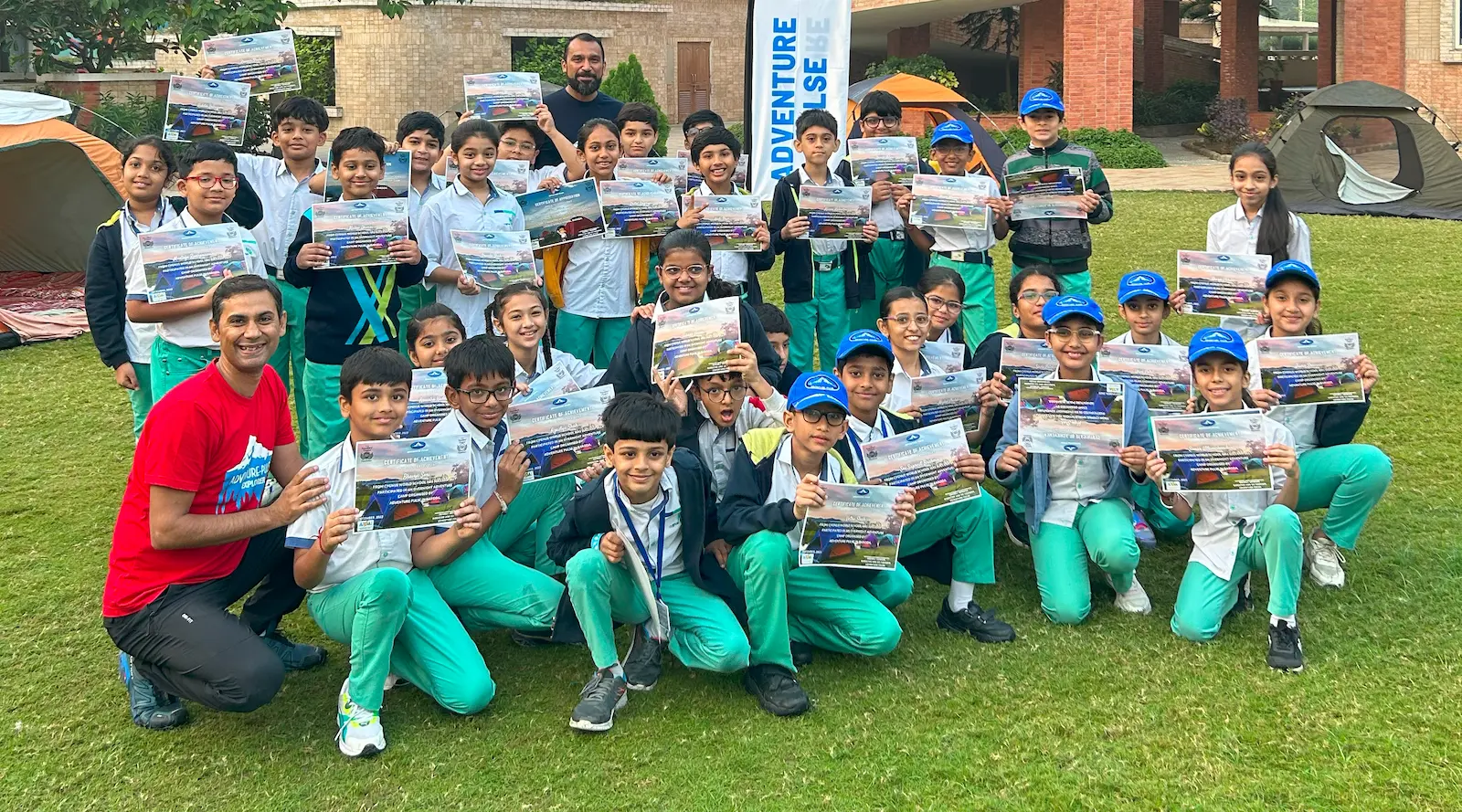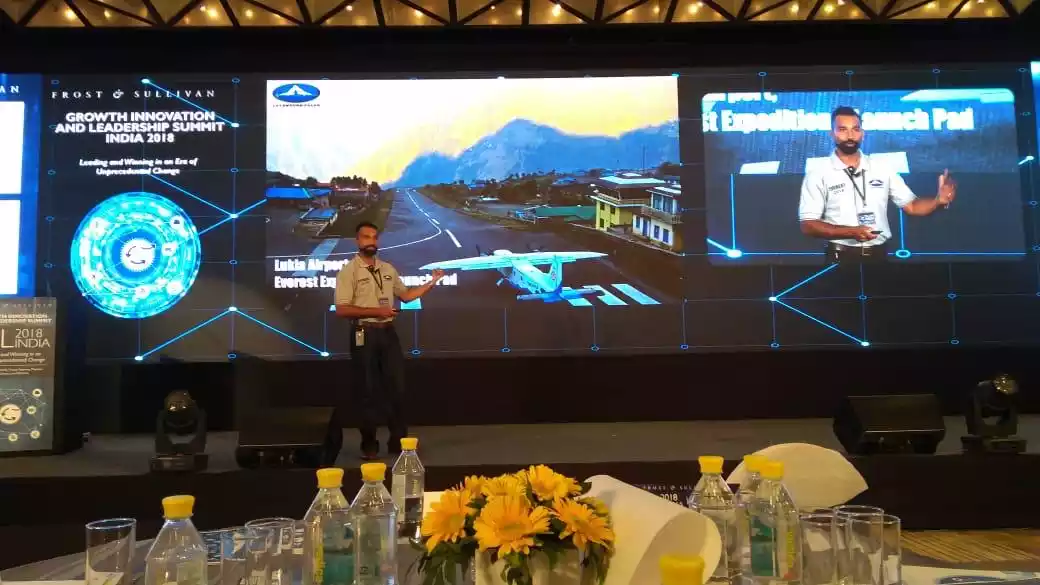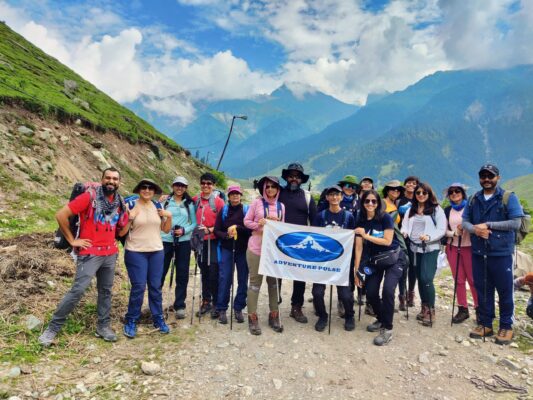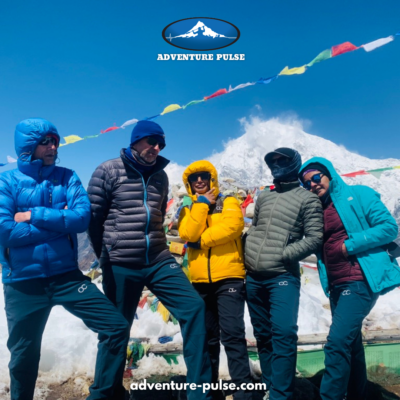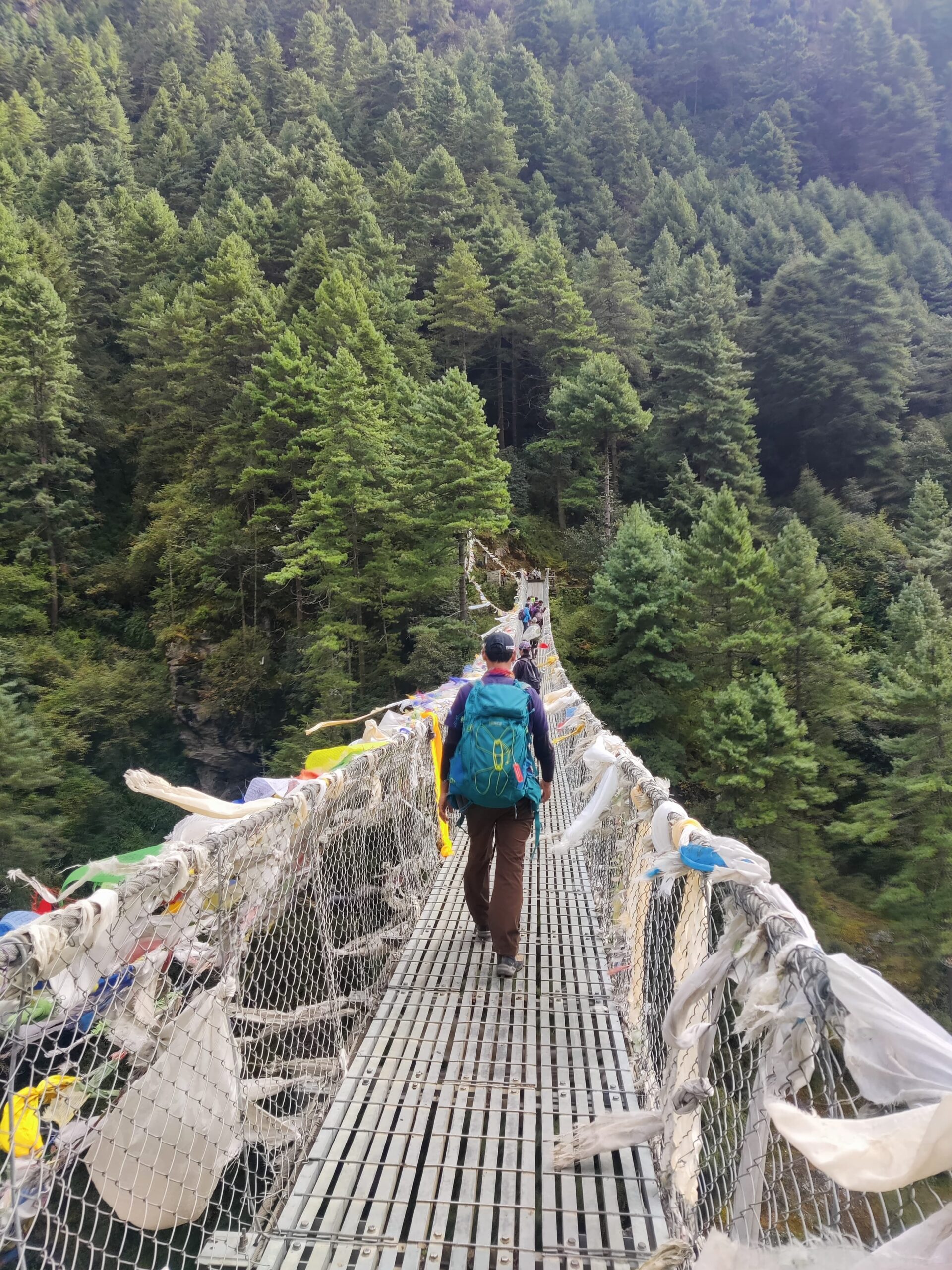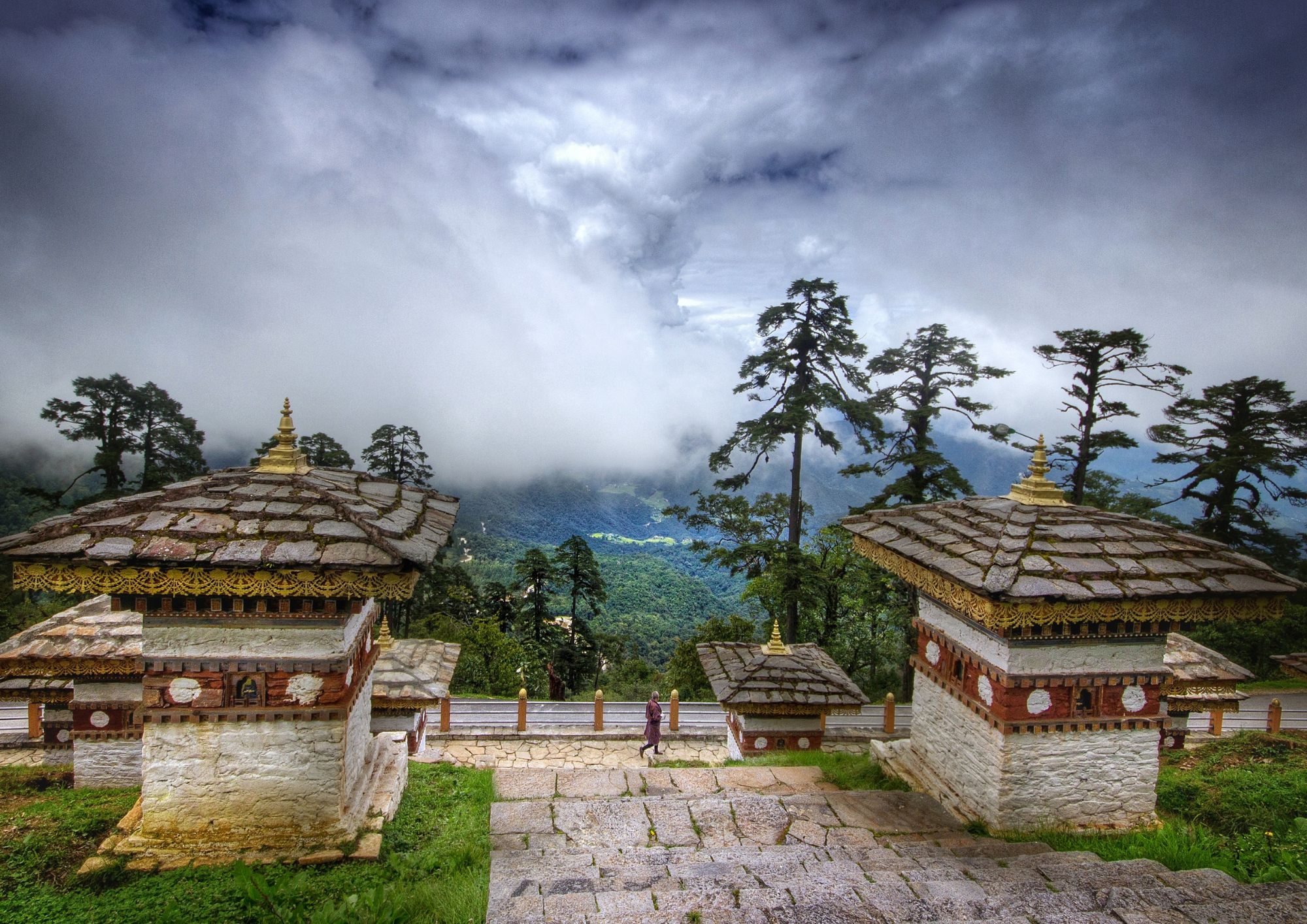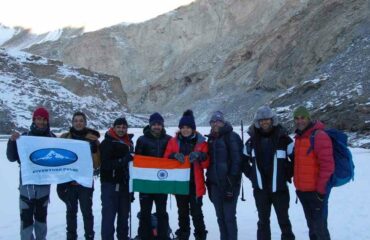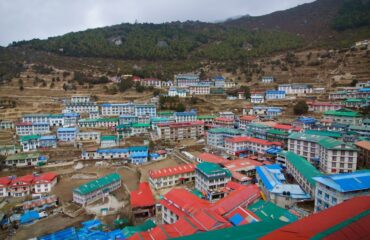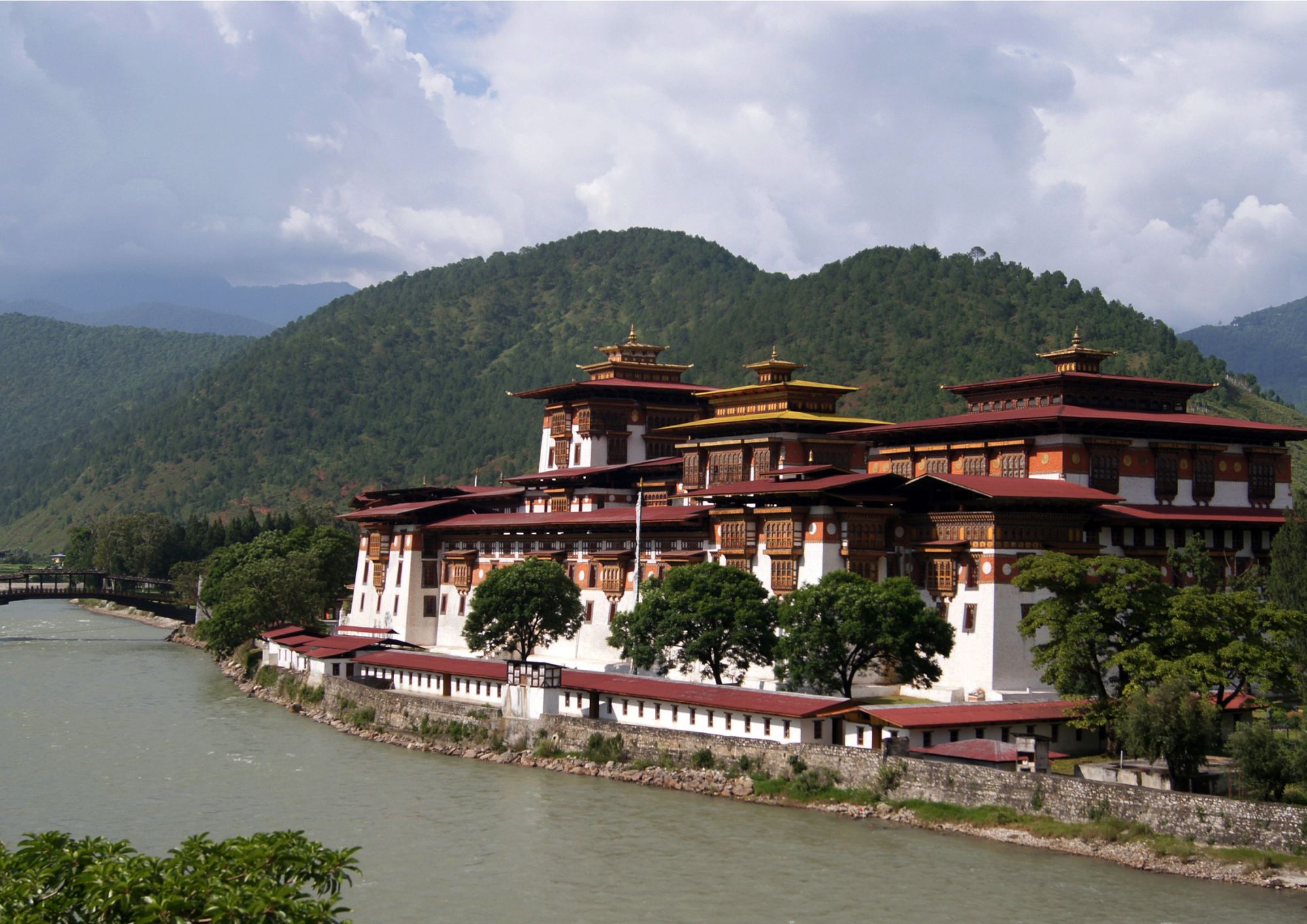
“Punakha Valley, along the Druk Path Trek – An unforgettable experience in the heart of Bhutan”.
Introduction
People popularly know Bhutan as the ‘Land of Thunder Dragon,’ and it nestles in the eastern Himalayas. This Himalayan kingdom offers stunning views of its beautiful landscape, rich cultural aspects, and deep spiritual heritage. Bhutan also attracts attention for its unique approach to development, prioritizing Gross National Happiness. The country has preserved its pristine environment and cultural identity while offering lush green valleys, snow-capped peaks, and ancient monasteries instead of focusing on material wealth. The fluttering prayer flags and prayer-spinning wheels create a picture-perfect destination that invites visitors to step into a living postcard.
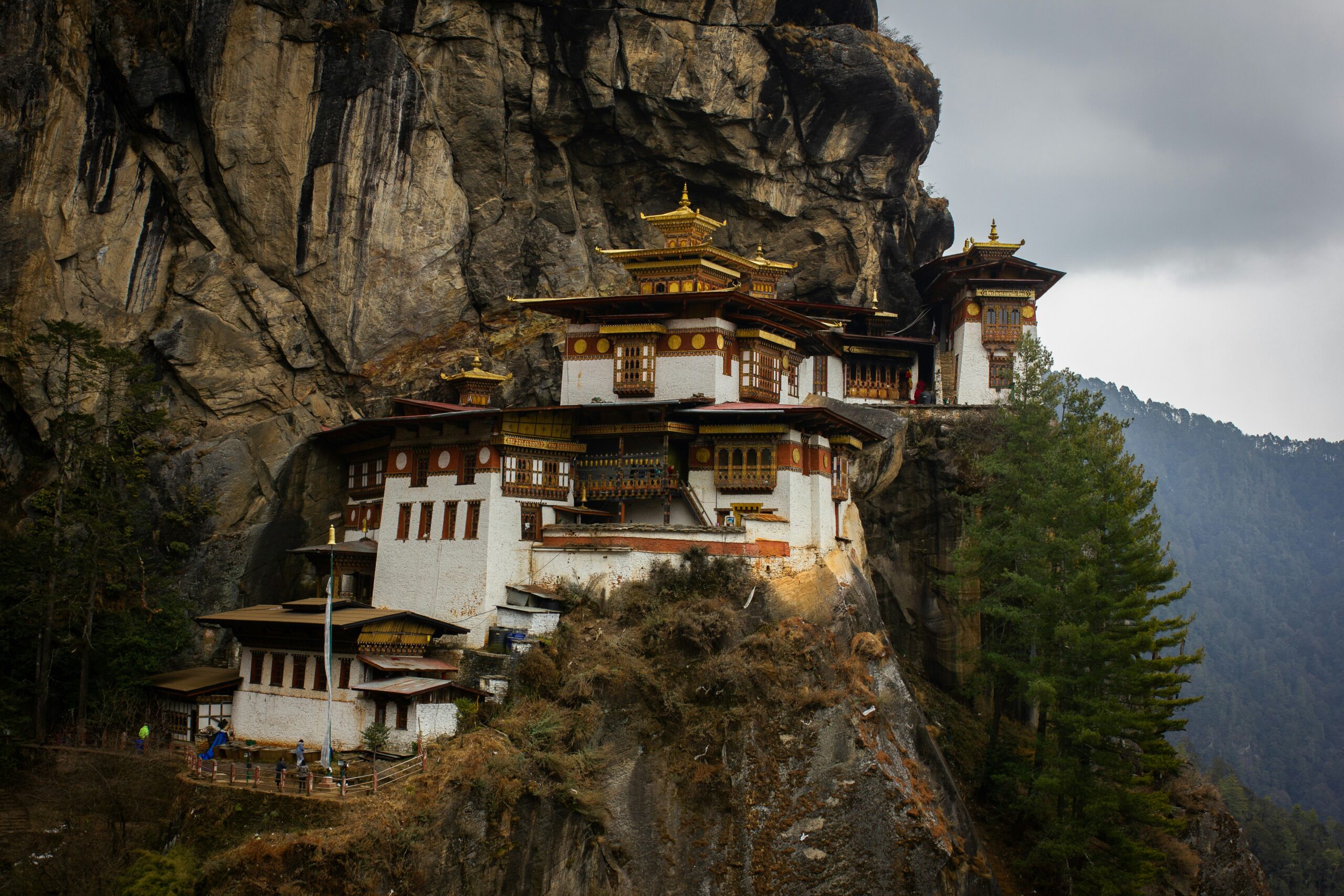
The centrally located valleys of Bhutan contribute to the distinct charm of every town, each with its own significance. These valleys do not only represent physical landscapes, but they also act as the cultural, economic, and spiritual hearts of the nation. The country’s regions feature terrace farming, traditional Bhutanese homes, and vibrant festival colors, which present a vivid glimpse into the country’s way of life. The towering mountains cradle the valleys, and glacial rivers feed them, making the land fertile for agricultural fields. Beyond the beautiful landscape, these valleys also host legends, folklores, and religious significance. Starting from the classic dzongs to the ancient monasteries, the country stages colorful festivals to celebrate Bhutan’s spiritual heritage.
Punakha Valley: A Gateway to Bhutan’s Serenity
Punakha Valley, surrounded by lush greenery and flanked by two major rivers, stands as a true testament to Bhutan’s natural beauty and rich culture. The famous Punakha Dzong, referred to as the ‘Palace of Great Happiness,’ lies here. This majestic fortress monastery symbolizes Bhutanese architectural excellence and spiritual legacy. The Pho Chuu, the male river, and the Mo Chuu, the female river, nourish the valley. These rivers have sustained the agricultural economy for centuries, making the valley a thriving hub for rice and fruit cultivation. Known for its subtropical climate and fertile land, the valley supports robust agriculture. The valley’s historical significance enchants visitors and serves as a cultural and political hub in Bhutan’s history. Punakha exudes a unique charm through its harmonious blend of spirituality, adventure, and tranquility.
Sightseeing Options and Places to Explore
- Punakha Suspension Bridge is one of the longest bridges in Bhutan. The structure of the bridge provides breathtaking views of the valley and the rivers below. Walking across the bridge is an adventure in itself, as the gentle sway of the wind offers an exhilarating experience.
- Punakha Dzong is the iconic landmark of Bhutan. This Dzong plays a significant role in Bhutanese history and serves as the winter residence of the central monastic body.
- The Sangchhen Dorji Lhuendrup Nunnery is the meditation center that offers a serene environment and stunning views of the valley. People also learn about the life and practices of Buddhist nuns.
- The Chimi Lhakhang, also known as the Fertility Temple, is a unique cultural site dedicated to Lama Drukpa Kunley. The Divine Madman is known for his unconventional methods of teaching Buddhism. This temple is revered for the blessing of fertility and attracts couples who are seeking to conceive.
- The Dochula Pass, as it is not located directly in Punakha but is a significant stop en-route to the valley. It is situated at an altitude of 3,100 meters and features 108 stupas. This offers the panoramic view of the Himalayan ranges on clear days.
- Lastly, the local markets around the valley are a great place to shop for handicrafts, textiles and souvenirs. One can find handwoven fabric, traditional masks and locally made artifacts that reflect Bhutanese culture.
How to reach Punakha Valley
To reach Punakha Valley, it is a scenic journey through Bhutan’s winding mountain roads. The journey is adventure itself; it is easily accessible via a 3-4 hour drive from Thimphu. One can hire private cabs, shared taxis or local buses are the most common means of transportation. The drive to Punakha offers breathtaking views of lush alpine forests, terraced fields and towering peaks. The route passes through the Dochula Pass, which is a popular stop for gram worthy pictures and some refreshments. This Pass also holds 108 stupas, which shows the spiritual significance of the place. Few people also arrive at Paro International Airport and then drive to Punakha via Thimphu. The highways are well maintained, which offers the stunning landscape and rural charm.
How Many Days Should Be Spent?
Punakha Valley is a destination that is a must-visit place and deserves 2-3 days ideally. This allows the person to fully appreciate its natural beauty, historical significance and tranquil ambience. You can explore the iconic landmarks such as Punakha Dzong and the Punakha Suspension Bridge.
You can also go for a day hike to the traditional villages and rice paddy fields. If time allows, add an additional day of rafting on the Pho Chhu and Mo Chhu rivers and visit Chimi Lhakhang, the famous fertility temple. You can also take some time to explore the local markets for handicrafts and souvenirs. The peaceful surroundings also make it a perfect place for relaxation and rejuvenation.
Adventure activities in the Valley 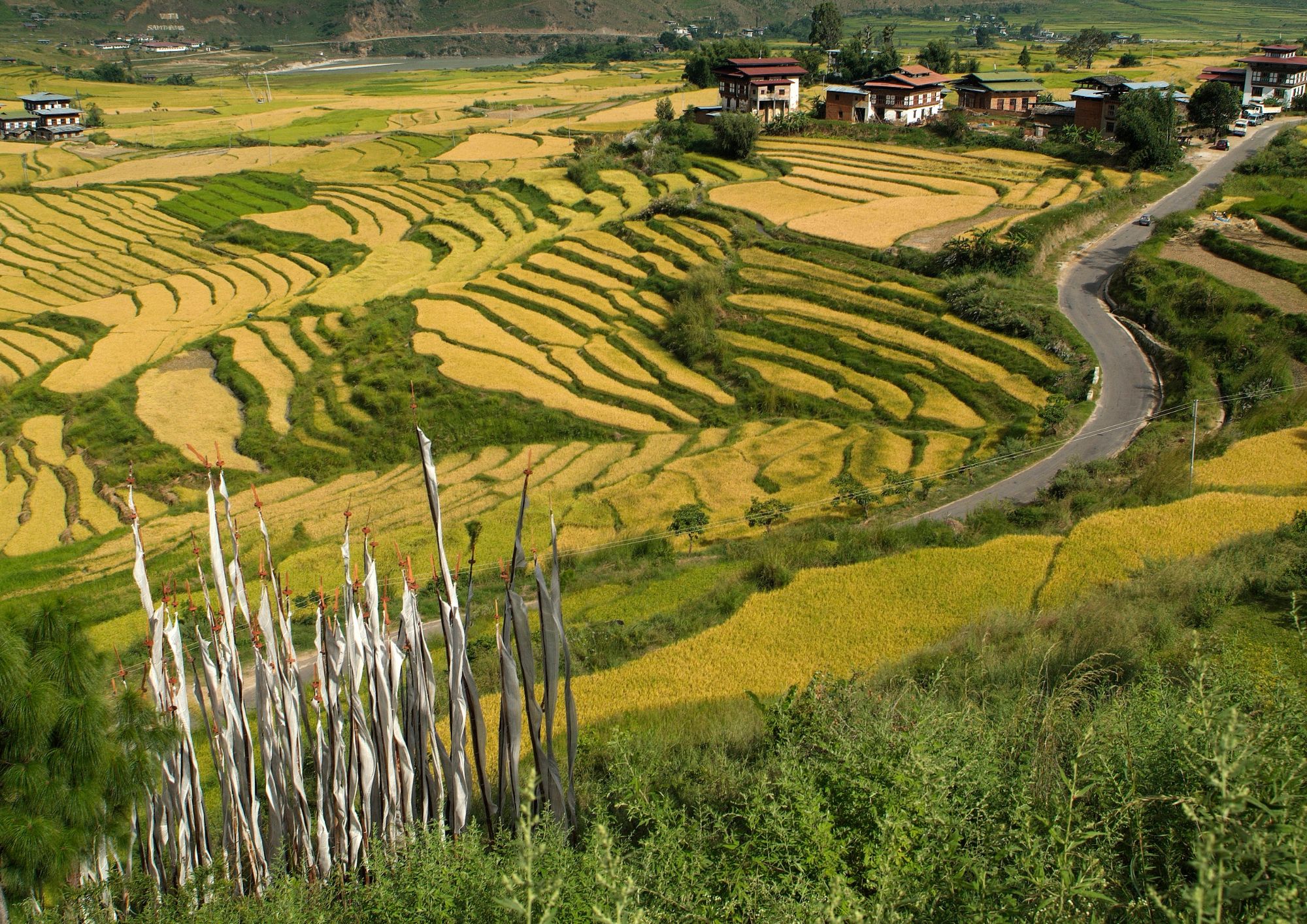
Punakha is just not a cultural hub but also an excellent destination for adventure enthusiasts. With a mixture of water-based activities and scenic treks with cultural exploration, this valley caters to all levels of adventure. This makes an essential stop for those looking to blend thrills in Bhutan.
- River rafting at Pho and Mo Chuu provides thrilling opportunities for the river rafting. The river rapids range from gentle to moderate, with a serene backdrop of lush forest and majestic Punakha Dzongs, making it an unforgettable experience for adventure seekers. Rafting is suitable for both beginners and experienced rafters.
- The valley also offers a subtropical climate and lush greenery makes it an excellent location for short hikers. The trail winds through terraced rice fields, vibrant villages and surrounding hills, providing a glimpse into the valley’s rural charm. The popular trek around the valley is Khamsum Yulley Namgyal Chorten. This is a magnificent perch on a hill offering panoramic views of the valley.
- The other option is cycling through Punakha’s countryside. Few people also take a bicycle ride to the countryside, which is an excellent way to explore the region’s stunning landscape at a relaxed pace. This offers a journey to connect with locals and witness traditional farming practices.
History of the valley
Punakha lies in the central western region of Bhutan. The history of Punakha holds both spiritual and political significance. From its early strategic position to its status as the first capital of Bhutan, Punakha has played a crucial role in the country’s history. Even today, it remains vital to the country’s cultural heritage and attracts travelers from around the world who come to experience its natural beauty and spiritual significance.
Since Bhutan’s formation as an independent nation, Punakha has played a central role in unifying the country under the leadership of Zhabdrung Ngawang Namgyal in the seventeenth century. Due to its strategic location, the leaders chose Punakha to be the seat of the country’s religious and political power. The valley’s fertile land and accessible position made it the ideal area for establishing Bhutan’s first capital.
In the 1600s, Zhabdrung Ngawang Namgyal, a Tibetan Lama and statesman, arrived in Bhutan and consolidated various warring factions into a unified kingdom. Punakha became the capital, and the Punakha Dzong was built in 1637 at the confluence of the Pho and Mo Chuu rivers, symbolizing the union of secular and spiritual power. The rivers naturally protected the valley from the Tibetan border, helping shield it from external threats.
Punakha remained the capital of Bhutan until 1955, when the government shifted the capital to Thimphu due to the valley’s vulnerability to invasion. Thimphu provided better strategic advantages and easier access to transportation. However, the valley continues to play an essential role in Bhutan’s governance, as the Punakha Dzong still hosts religious ceremonies and state functions. Even in the modern era, Punakha retains its significance, as the sites have long been revered by Bhutanese Buddhists and serve as major pilgrimage destinations. The valley has been crucial in spreading and practicing Buddhism across the country.

Cultural practices and experiences
Punakha Valley is a treasure of Bhutanese tradition and offers the people a chance to engage with its vibrant culture and timeless practices.
- Traditional farming is one of the major cultural practices of the Punakha Valley. The valley is renowned for its fertile lands, where the locals cultivate rice, chilies and seasonal vegetables. The people still use old-age farming methods passed down through generations. One can witness or even participate in the cultivation process, especially during the rice cultivation and harvesting season.
- The Punakha Dzong, also known for the Palace of Great Happiness, is a spiritual and cultural landmark where significant Buddhist rituals take place. Everyone is allowed in the dzong and can attend the prayer ceremonies, interact with monks and observe Bhutan’s spiritual depth.
- The local art and craft by the artisans in Punakha excels in creating traditional Bhutanese handicrafts. The woven textiles and wood carvings are the major ones. These are displayed in the local markets, which provides insights into the valley’s artistic heritage.
- The small rural hamlets across the valley provide an opportunity to engage with locals and learn about their daily lives. Sharing some good memories with the local families or participating in their traditional cooking methods can enrich your experiences.
- The festivals like Tshechu and Drubchen celebrated in the valley bring vibrant dances, traditional musics and rituals. These celebrations give a glimpse into the cultural aspect of Bhutan.
Festivals
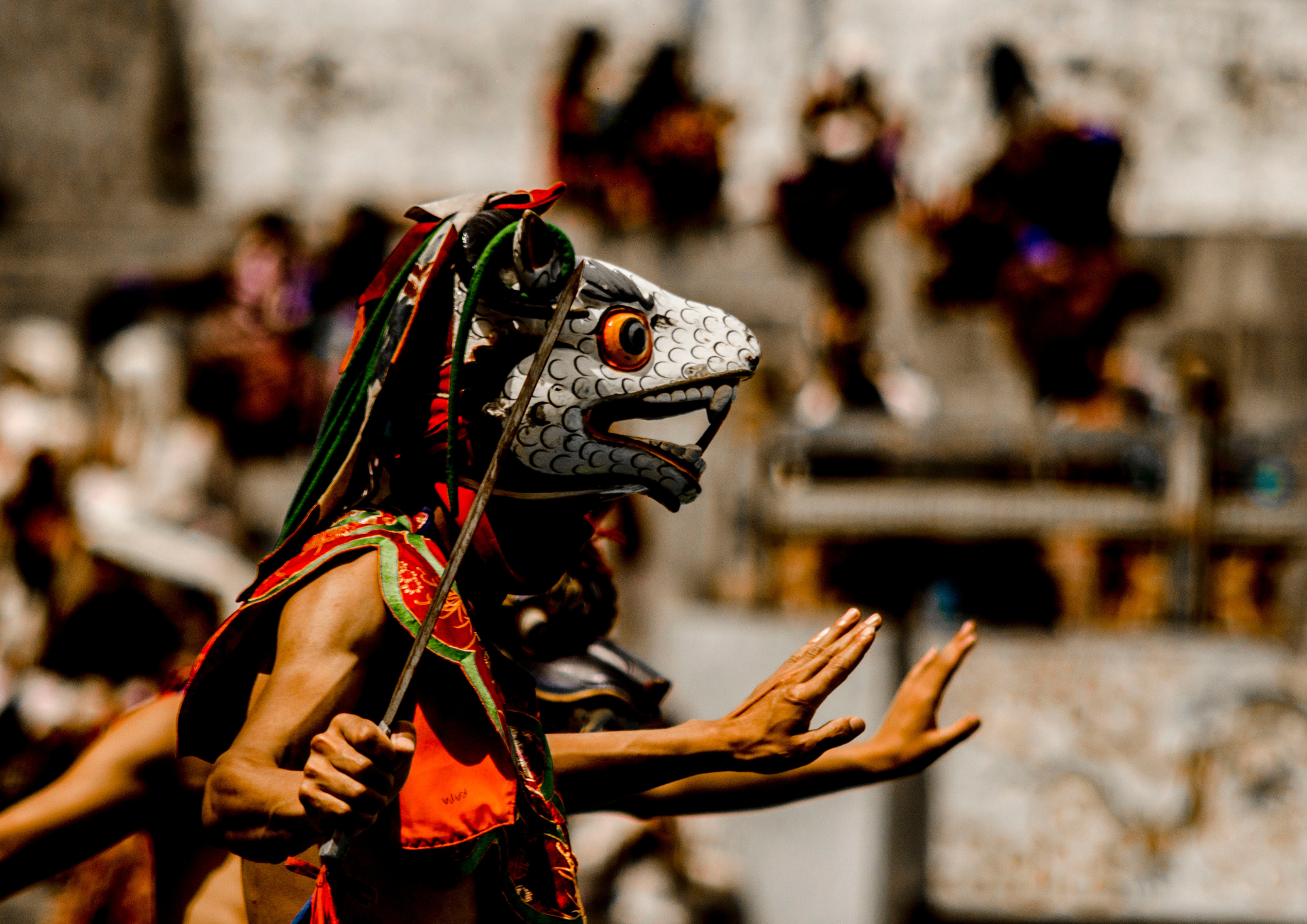
Bhutan is home to the most vibrant and culturally significant festivals. This showcases the deep-rooted traditions and spiritual heritage of the region. Attending these festivals not only shows love towards the people but is a unique way to experience the valley’s rich culture and community spirit. These festivals are held at iconic Punakha Dzong by the locals around the valley. The major festivals celebrated are Tshechu and Drubchen.
- The Punakha Tshechu is the colourful festival to celebrate Bhutanese culture and Buddhism. The famous masked dance, folk performances and religious rituals are performed during this festival. This festival commemorates Bhutan’s victory over Tibetan forces by celebrating the teaching of Guru Rinpoche. Monks and common man performing traditional cham dance in elaborate costumes. This is accomplished by the music and cymbals, trumpets and drums. It fosters communal harmony and prayer for peace.
- The other festival is Punakha Drubchen, which is a historical and spiritual festival that enacts the 17th-century battle. In this battle, the Bhutanese forces repelled Tibetan invaders. This festival is celebrated to honor Zhabdrung Ngawang Namgyal, who was the unifier of Bhutan and the warriors who defended the nation. This event includes the sacred mask dances and religious rituals and also a dramatic enactment of the battle with locals dressed as warriors.
Highlights of Punakha Valley
- Punakha Dzong and the suspension bridge provide a visual delight to the valley. The scenic views of the valley dominate the Pho and Mo Chhu rivers. The beautiful architecture, intricate woodwork, and vibrant murals enhance the charm of the valley.
- The Chimi Lhakhang, known as the Fertility Temple, connects to the eccentric monks of Drukpa Kunley, also known as the Divine Madman. Pilgrims and travelers visit this sacred place to seek blessings for fertility.
- Dochula Pass, famous for its 108 stupas along the way, offers stunning views of the Himalayas, especially on clear days. It serves as a popular spot for photographers and provides a spiritual atmosphere.
- Khamsum Yulley Namgyal Chorten, another stupa on the hill, features vibrant murals. This Buddhist structure adds artistic significance to the place.
- The valley is predominantly inhabited by Ngalop Bhutanese. Small, dotted houses surrounded by lush rice terraces connect the people deeply to their cultural roots. The locals speak Dzongkha, Bhutan’s national language.
- The Punakha Tshechu and Drubchen are the major religious festivals of the valley. Celebrated near the Dzong, these festivals feature mask dances and rituals that hold great significance in Bhutanese culture.
- The local handicrafts and souvenirs include textiles and handmade goods. These markets support households and contribute to the development of the country’s infrastructure.
- The traditional attire for men and women includes the gho and kira. Men wear knee-length dresses, while women wear full-length dresses on special occasions, especially during festivals. These finely handwoven garments showcase Bhutan’s rich textile heritage.
- Punakha served as Bhutan’s capital until the mid-20th century, playing a key role in the coronation of Bhutanese kings through its marvelous architectural services.
Residing Locals and their profession
The valley of Punakha is home to a large agrarian society, with most people living in rural villages and practicing traditional farming methods. The locals of this valley are known for their heartwarming hospitality, which connects them strongly to their cultural heritage and the land. The inhabitants of Bhutan are predominantly of Ngalop ethnicity. The locals follow Drukpa Buddhism, which significantly influences their way of life, festivals, and daily rituals.
Most families live in traditional Bhutanese houses made of wood, stone, and clay. Their lifestyle is agrarian-based, with a close connection to nature and spiritual practices. They also share a strong sense of community, engaging in cooperative farming and participating together in festivals and religious rituals.

